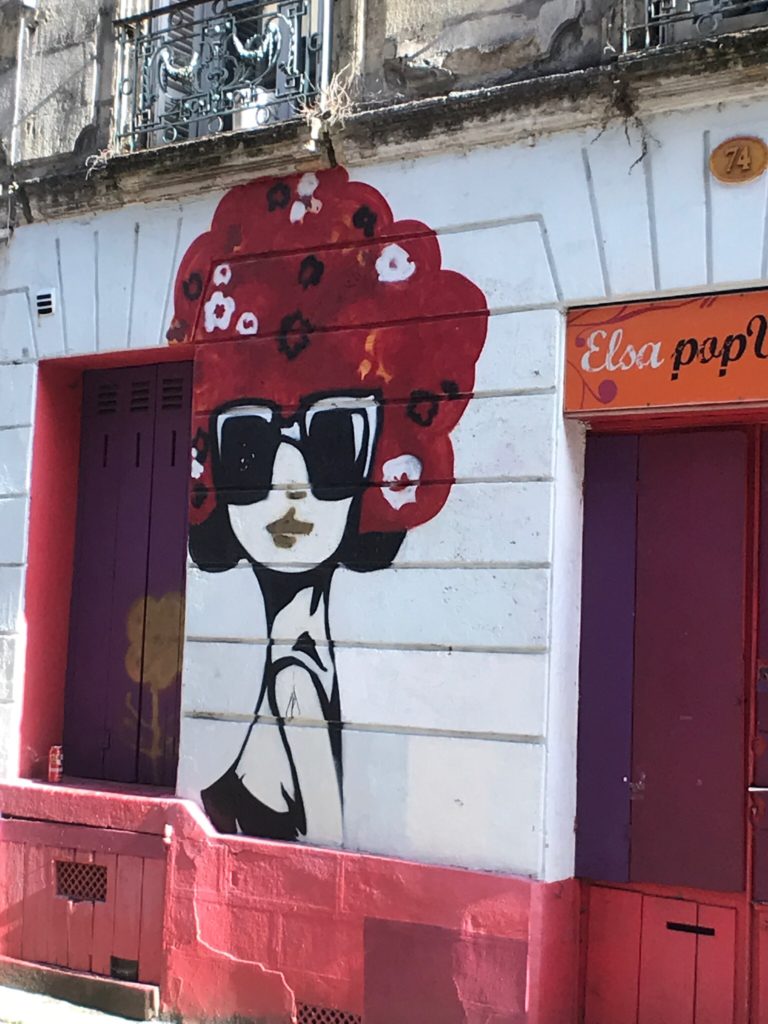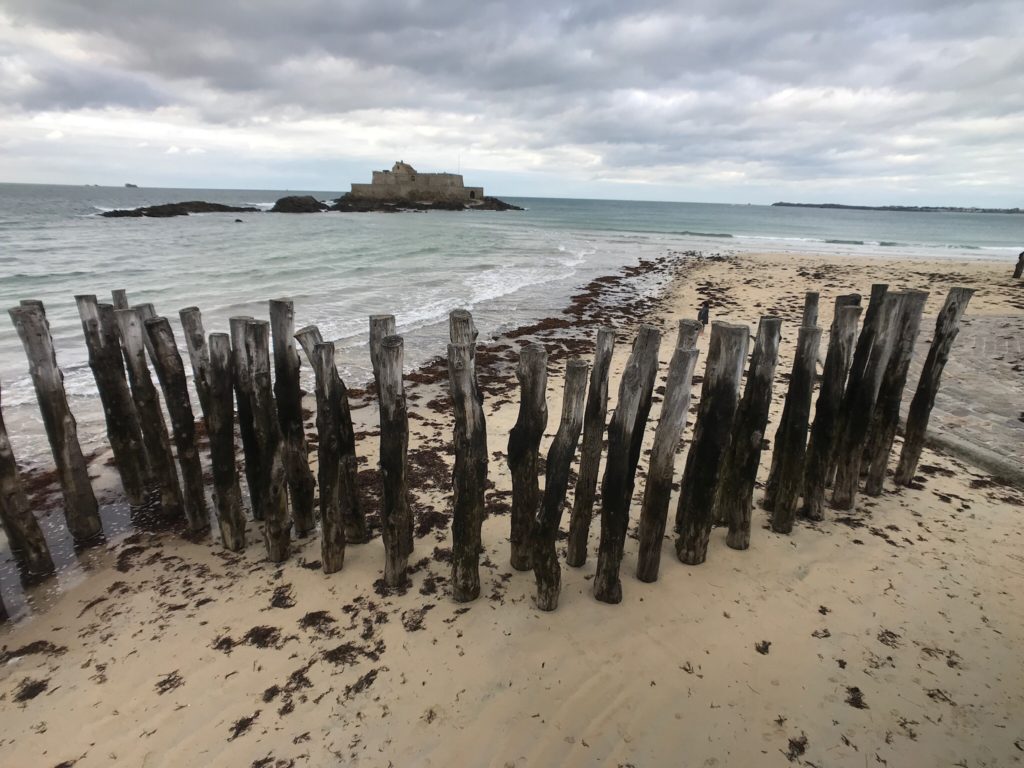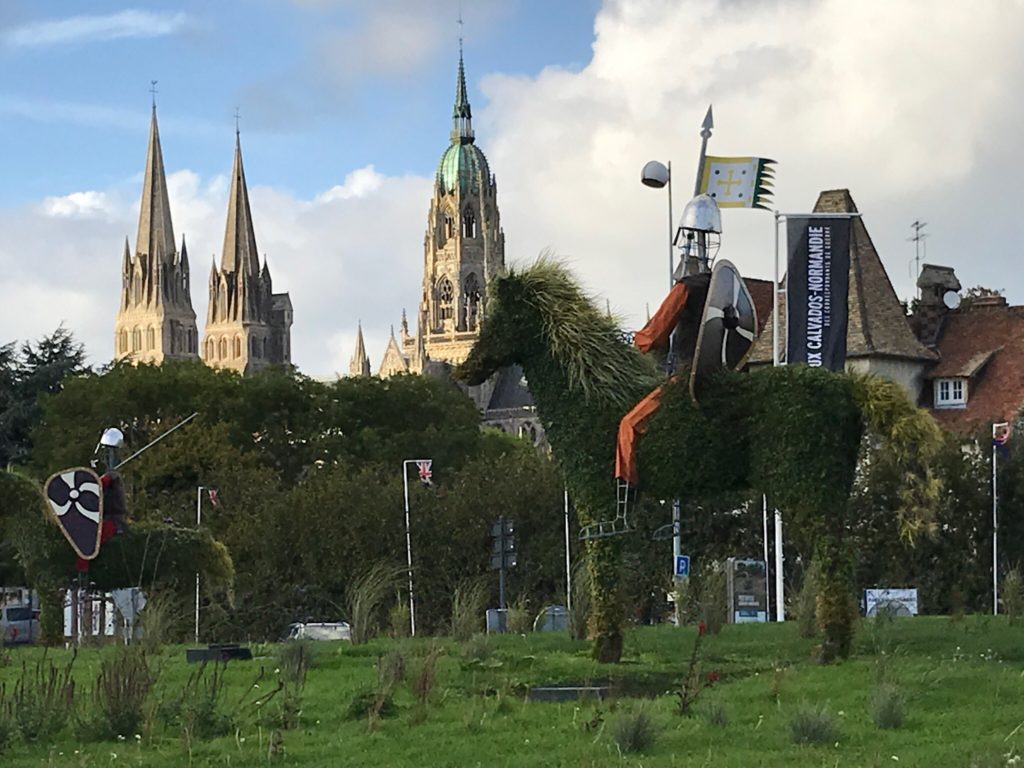Bordeaux, A City With a Well-Earned Reputation
12-16 October 2019

One mentions Bordeaux and one immediately thinks “wine.” There is so much more!
There were several statistics which prove we are in the right city. There are almost 300,000 acres of grape vines planted in the 65 appellations of Bordeaux. Over 8500 winegrowers and 300 trading houses produce and sell almost one billion bottles of wine each year. Ninety percent of this wine is red while just 10% is white. Bordeaux is definitely my kind of place!
(more…)


